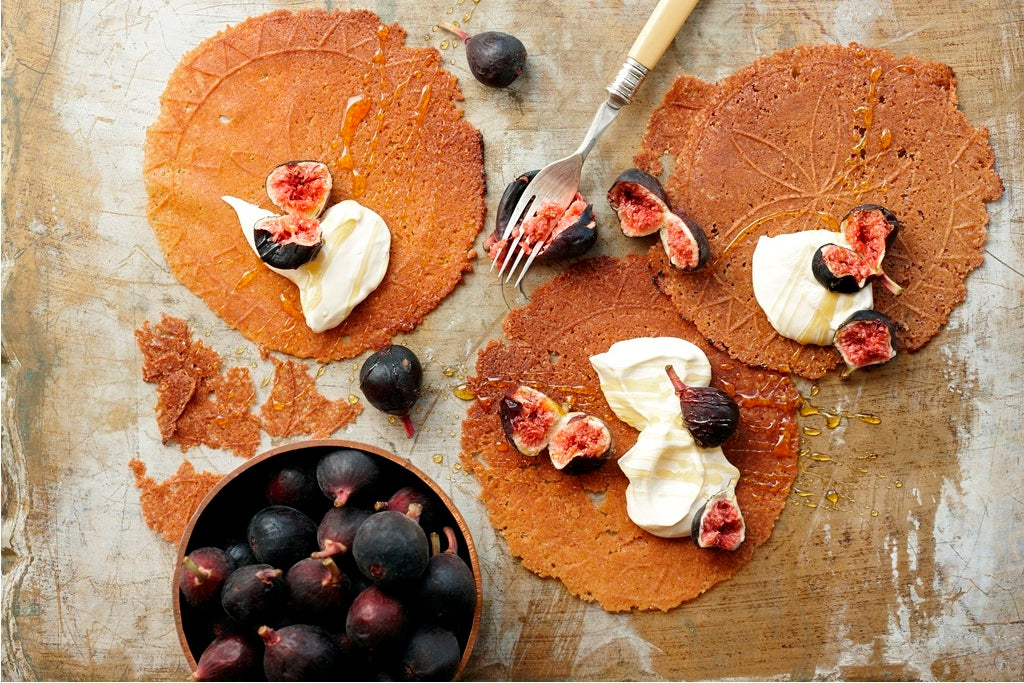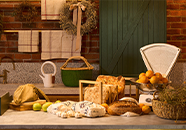
The Dutch brought oblietjies to the Cape. Initially these small waffles were baked in a small iron pan with a lid, called an oblie-yster (oblie iron).The pan usually had an engraved pattern, which decorated the oblietjies and made them look like little works of art. Because the oblie iron was used on an open fire, it had a very long handle, which made it heavy and difficult to manipulate. When stoves with ovens became commonplace at the Cape, oblietjies were baked on a baking tray in a oven and oblie irons and oblietjies along with them, went out of fashion.
Today, many South Africans do not realise that the erstwhile oblietjies and brandy snaps are the same thing.
Flavoursome and delicate at the same time, these little snaps are delightful with cream and seasonal fruit and will add some tradition and sentiment to your festive table.
Recipe: Oblietjies
Ingredients
2 eggs
2¼ cups (560 ml) brown sugar
2 tsp (10 ml) pounded naartjie peel
1 glass (120 ml) sweet wine
2 tsp (10 ml) ground cinnamon
2 cups (500 ml) cake flour
1 cup (250 ml) butter, melted
Method
Preheat the oven to 180 °C (350 °F).
Beat the eggs and sugar together. Allow to rest for 10 minutes.
Add the peel, wine and cinnamon.
Sift the flour and fold in alternately with the melted butter.
Roll the dough into little balls (about the size of a teaspoon) and arrange on a greased baking tray, about the 3 cm apart. Bake for 10-12 minutes.
As soon as they come out the oven, roll up immediately into little horn shapes or use the handle of a wooden spoon to make cigar shapes. It is best to do only two at a time, as you have to work quickly. If they become too hard and cold to roll, you can put them back into the oven for a few minutes.
If using an oblie iron, place the dough ball in the centre of the hot iron, press lightly and hold until crisp.
Serving suggestion
Fill with whipped cream and preserved ginger or fresh figs.












